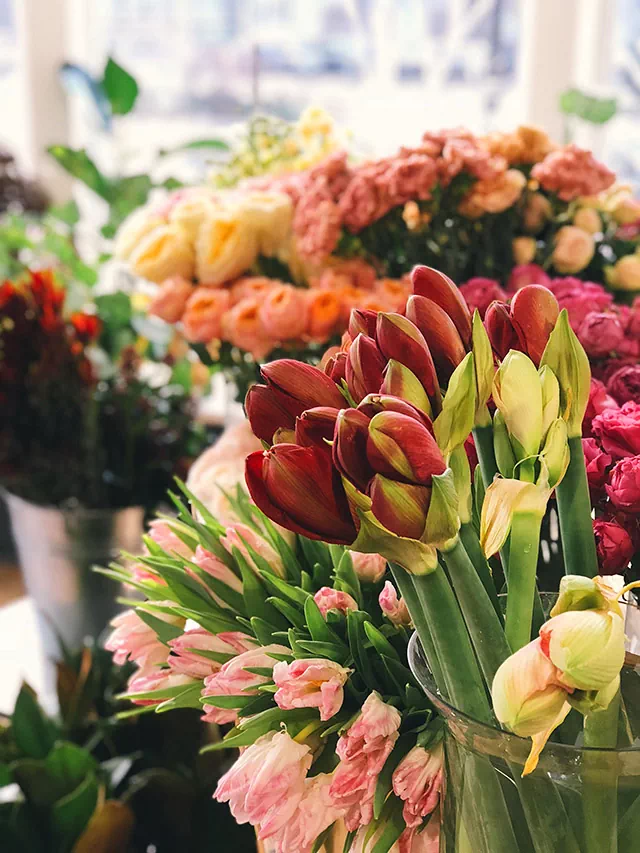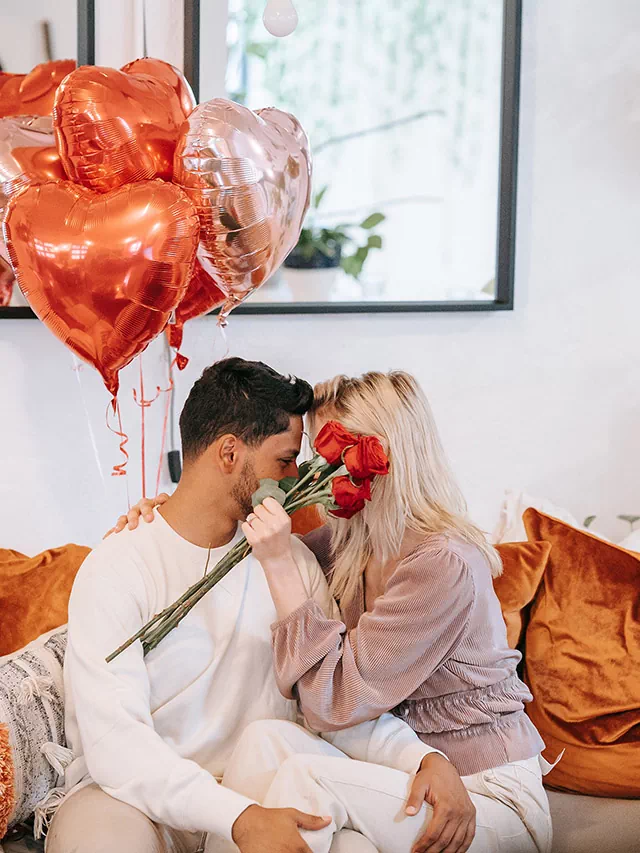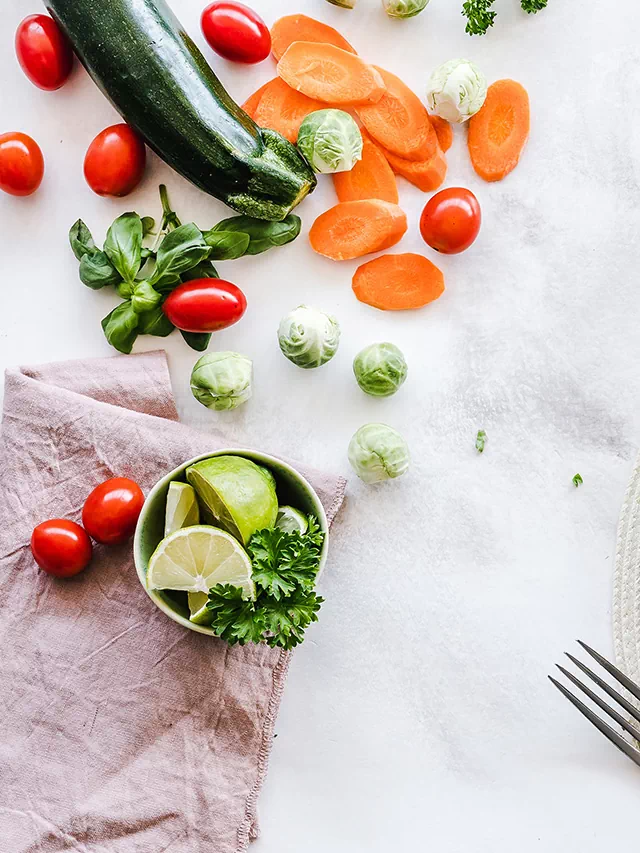Making healthy choices in relationships is essential for maintaining positive and fulfilling connections with others. Here are some tips to help you make healthy choices in your relationships:
1. Set boundaries:
Setting healthy boundaries is crucial to maintaining a healthy relationship. Boundaries help you define what is and isn’t acceptable behavior, and they help you communicate your needs and limits to others.
2. Communicate effectively:
Communication is key in any relationship. Effective communication means listening actively, expressing yourself clearly and honestly, and being open to compromise.
3. Practice empathy:
Empathy is the ability to put yourself in another person’s shoes and understand their perspective. Practicing empathy can help you build deeper connections with others and foster understanding and compassion.
Remember, healthy relationships take work, and it’s okay to seek help and support when you need it. Whether it’s through therapy or support groups, there are resources available to help you build healthy and fulfilling relationships.
4. Take responsibility for your actions:
It’s important to take responsibility for your actions and own up to your mistakes in relationships. This can help build trust and foster healthy communication.
5. Prioritize self-care:
Taking care of yourself is crucial to maintaining healthy relationships. Prioritizing self-care means making time for your physical and emotional well-being, setting boundaries, and practicing self-compassion.
6. Respect differences:
Everyone is unique, and it’s important to respect and appreciate the differences in others. Embracing diversity can help you learn from others and build deeper connections.
7. Practice active listening:
Active listening involves giving your full attention to the person speaking, asking questions for clarification, and reflecting on what was said before responding. This helps ensure that you fully understand what the other person is saying and can respond in a way that shows you care and are interested.
8. Maintain respect and kindness:
Respect and kindness are key components of healthy relationships. This means treating others with dignity, speaking kindly, and refraining from insulting, belittling, or putting down others.
9. Practice forgiveness:
In any relationship, misunderstandings and conflicts will occur. Practicing forgiveness means letting go of grudges, seeking to understand the other person’s perspective, and working towards resolution and healing.
10. Nurture your relationship:
Relationships take work, and it’s important to invest time and effort into building and maintaining them. This can include doing activities together, expressing gratitude and appreciation, and making time for each other.
11. Stay true to yourself:
While it’s important to make healthy choices in relationships, it’s also important to stay true to yourself. This means setting healthy boundaries, expressing your needs and wants, and not compromising your values or beliefs for the sake of pleasing others.
12. Be open to feedback:
Constructive feedback can help you improve your relationships and grow as a person. When receiving feedback, listen carefully, be open to hearing criticism, and take it as an opportunity for self-reflection and growth.
13. Practice patience and understanding:
Healthy relationships require patience and understanding, especially during difficult times. It’s important to acknowledge that everyone has their own struggles and challenges, and to be patient and supportive when your loved ones need it.
14. Avoid making assumptions:
Assumptions can lead to misunderstandings and hurt feelings in relationships. Instead of assuming, ask questions to clarify any doubts or concerns you may have.
15. Celebrate successes:
Celebrating each other’s successes is an important part of any healthy relationship. Whether it’s a promotion, a personal achievement, or a milestone, taking the time to acknowledge and celebrate each other’s successes can help build a stronger connection.
16. Address conflicts constructively:
Conflict is inevitable in any relationship, but it’s important to address it constructively. This means listening actively, expressing your feelings clearly, and working towards a solution that benefits both parties.
17. Cultivate trust:
Trust is a fundamental component of any healthy relationship. This means being honest, reliable, and transparent with your loved ones, and demonstrating that you are trustworthy through your actions.
18. Practice gratitude:
Expressing gratitude for the people in your life can help build stronger and more positive relationships. Take the time to acknowledge and appreciate the good things your loved ones do for you, and express your gratitude through words and actions.
19. Accept differences:
It’s important to accept that people have different personalities, opinions, and perspectives. Embracing these differences can lead to a more enriching and fulfilling relationship.
20. Be willing to compromise:
In any relationship, compromise is essential. This means being willing to negotiate and find common ground, and being open to finding solutions that benefit both parties.
21. Practice self-reflection:
Self-reflection is an important tool for building healthy relationships. Take the time to reflect on your own thoughts, feelings, and behaviors, and consider how they may be impacting your relationships.
22. Seek help when needed:
If you’re struggling to make healthy choices in your relationships, don’t hesitate to seek help. Whether it’s through therapy, support groups, or talking to a trusted friend or family member, there are resources available to help you build and maintain healthy relationships.
23. Learn to say no:
It’s important to set healthy boundaries and be able to say no when necessary. This means being comfortable with expressing your needs and limits, and not feeling guilty for prioritizing your well-being.
24. Focus on the present moment:
Being present in the moment can help you build stronger and more meaningful connections with others. This means putting aside distractions and actively engaging with the people in your life.
25. Take responsibility for your emotions:
It’s important to take responsibility for your own emotions and not rely on others to make you happy. This means working on your own personal growth and happiness, and not expecting others to fulfill all of your emotional needs.
26. Avoid blame and criticism:
Blaming and criticizing others can be damaging to relationships. Instead of pointing fingers, focus on finding solutions and working towards a positive outcome.
27. Be respectful of personal space:
Respect is essential to building healthy relationships. This means being mindful of personal space and not overstepping boundaries without permission.
28. Show interest and support:
Showing genuine interest and support for the people in your life can help build stronger and more positive relationships. This means actively listening, asking questions, and offering encouragement and support when needed.
29. Take care of yourself:
Taking care of yourself is essential to building and maintaining healthy relationships. This means prioritizing your physical, emotional, and mental health, and making sure you have the energy and resources to invest in your relationships.
30. Be authentic:
Being authentic and true to yourself is important in building healthy relationships. This means being honest about your thoughts, feelings, and needs, and not pretending to be someone you’re not to please others.
Remember, healthy relationships require effort, communication, and mutual respect. By practicing these tips and being intentional in your relationships, you can build and maintain strong, fulfilling connections with those around you.
What are the benefits of healthy relationships?
People who have healthy relationships are more likely to feel happier and satisfied with their lives. They are less likely to have physical and mental health problems.
Healthy relationships can:
increase your sense of worth and belonging and help you feel less alone
give you confidence
support you to try out new things and learn more about yourself
Communication in a healthy relationship
People who are in a healthy relationship talk to each other regularly and listen to each other too.
Misunderstandings can happen, and that can lead to people being upset, hurt or confused.
It is best to be clear about what you want to say. Making a real effort to understand what the other person is saying also helps. Double checking that you have understood correctly can avoid misunderstandings.
Just because you love each other doesn’t mean you will be able to communicate well or know what the other is thinking.
To encourage more open communication in your relationship:
- set aside time to speak to each other, without interruptions
- put yourself in the other person’s shoes
- don’t rely on the other person to guess what is going on, or how you are feeling
- listen to each other, and make sure the other person knows you are listening to them
- let the other person finish what they are saying
- talk about things honestly and respectfully
- try not to be too defensive
- stay calm and try not to attack
Communication is not just talking; non-verbal communication — your posture, tone of voice, facial expressions — can tell the other person how you feel. Non-verbal communication can even undermine what you’re saying if your behaviour doesn’t match your words.
How can I maintain healthy relationships?
Building healthy relationships with partners, friends and family is good for you. It improves your mood, your mental health and your wellbeing.
Maintaining them is important. It takes time and commitment. No relationship is perfect, but it is important that it brings you more happiness than stress. Here are some tips for a healthy relationship.
Be clear about what you want
Assertive communication helps make your point more clearly than passive or aggressive communication. It means you make your point clearly and honestly, while respecting the other person’s point of view.
Try using ‘I’ statements instead of accusatory ‘you’ statements. For example, say “I really hate it when you don’t clean up the dishes” rather than “You never help me in the kitchen”.
Say sorry when you’re wrong
This is really important as it helps heal relationship breakdowns that inevitably occur.
Be affectionate and show appreciation
Relationships can become routine after a while. Make special time together and continue to show your affection. Even just snuggling on the couch after work helps show intimacy.
Make the relationship a priority
It can be hard to balance relationships, work, family and friends. You can help establish a work-life balance by setting limits at work and learning to say no – this will ensure you make time for your relationship.
Develop shared interests
Finding hobbies you both enjoy allows you to spend time together. This could be as simple as doing a night class together or taking up a new sport.
Work on feeling good about yourself
Feeling good about yourself allows you to give the best to your relationships. Taking time to do what you enjoy can help.
Healthy friendships maintain your happiness and self-esteem, so it is important that you stay in touch with your friends when you are in a relationship.
One of the warning signs of an unhealthy relationship is when you quit activities you used to enjoy because of your partner.
Find solutions that work for both of you
Conflict is a part of any relationship. It is essential that you both respect and accept your differences and similarities. Finding solutions that work for both of you will probably require compromise at different times.
Make plans for the future
By making plans for the future together, you both show you are in the relationship for the long term.
Family time
Finding time together as a family can be difficult, but there are many benefits to regularly sharing family meals. Even one family meal a week gives everyone a chance to catch up, connect and communicate with each other.
Having relationship issues?
It is normal to have ups and downs in a relationship. It is also normal to have different opinions. Relationships, and people, change over time.
Your relationship is not healthy if one person has more power than another, or if that person is abusive or violent.
When a relationship ends
The end of a relationship can be a very painful time. It may take 2 or 3 years for people whose long-term relationship has ended to recover and to put their lives together again. Some people develop serious health and emotional problems during this time.























